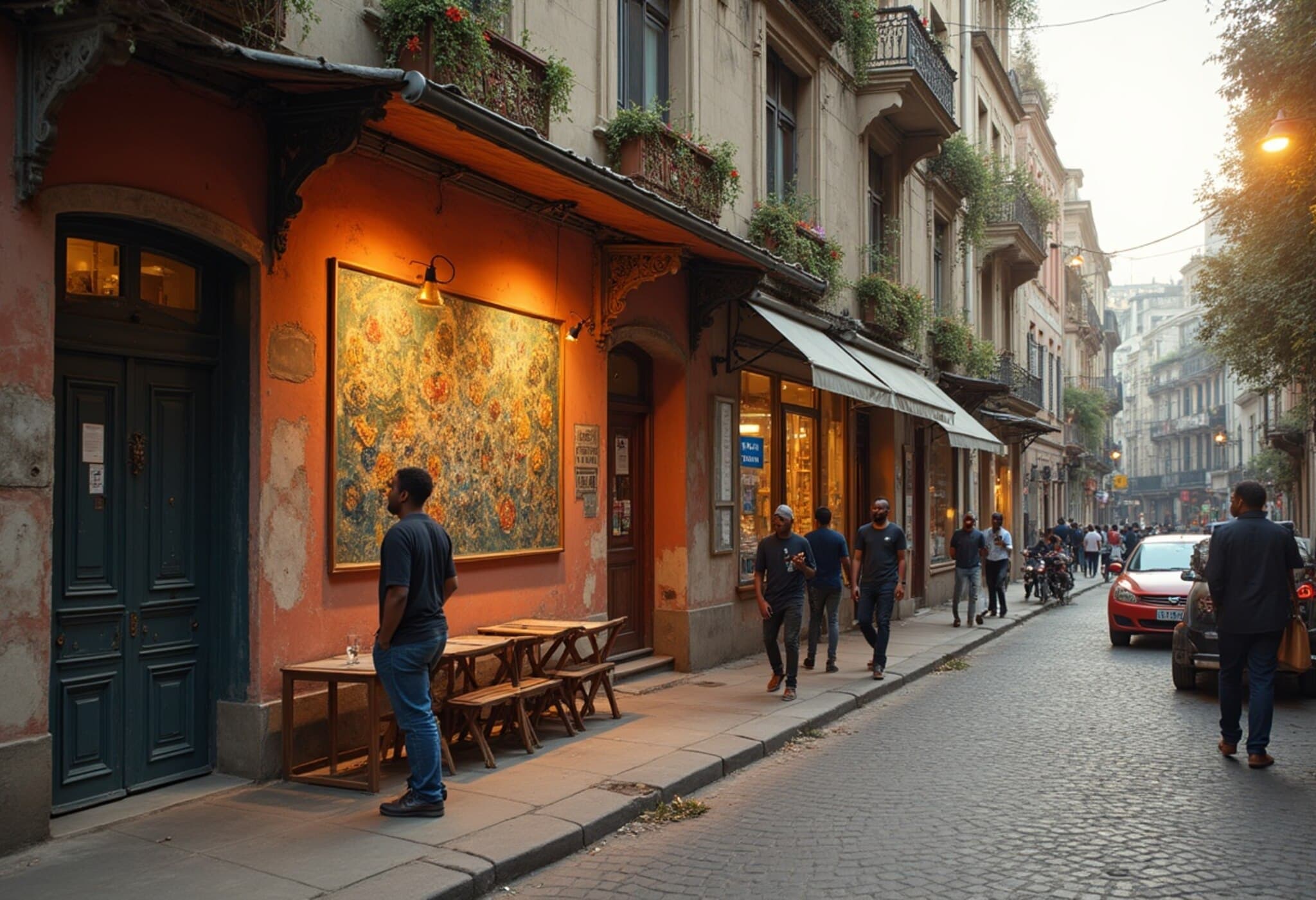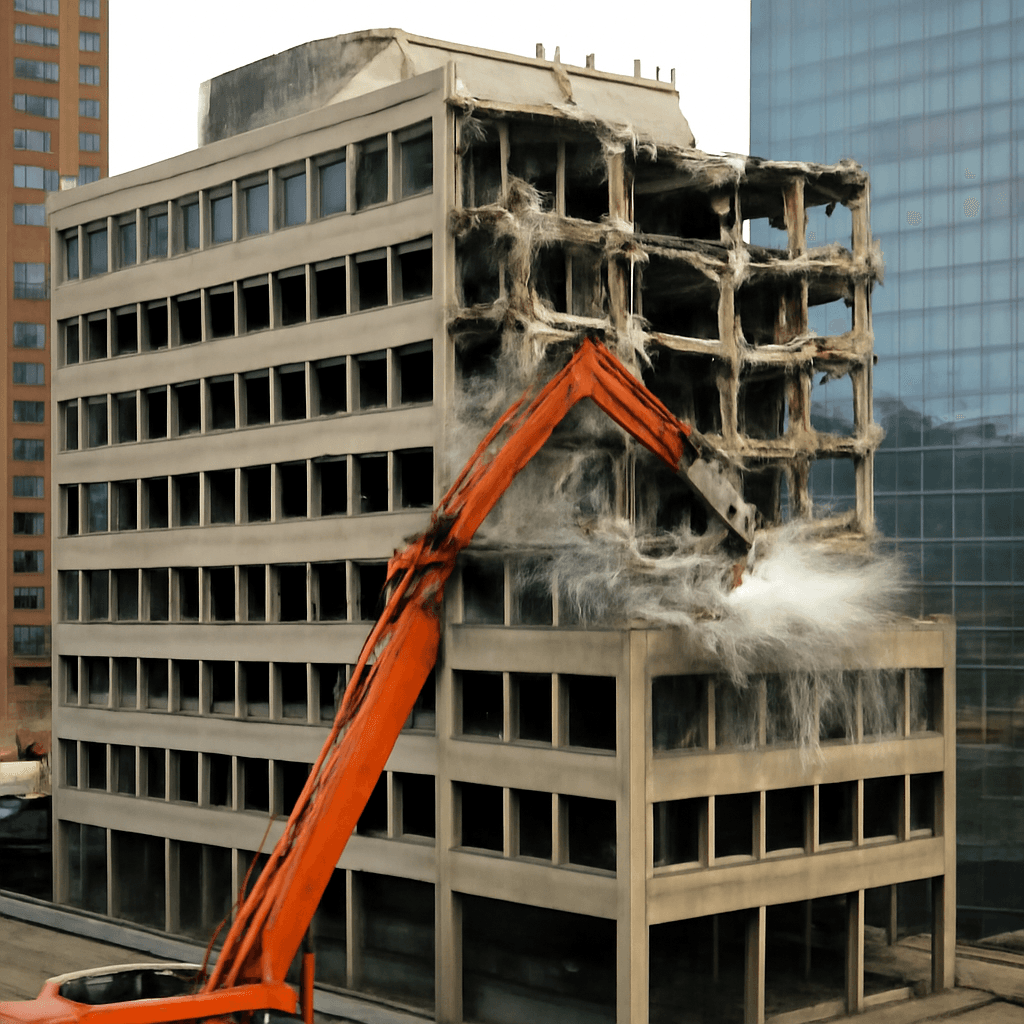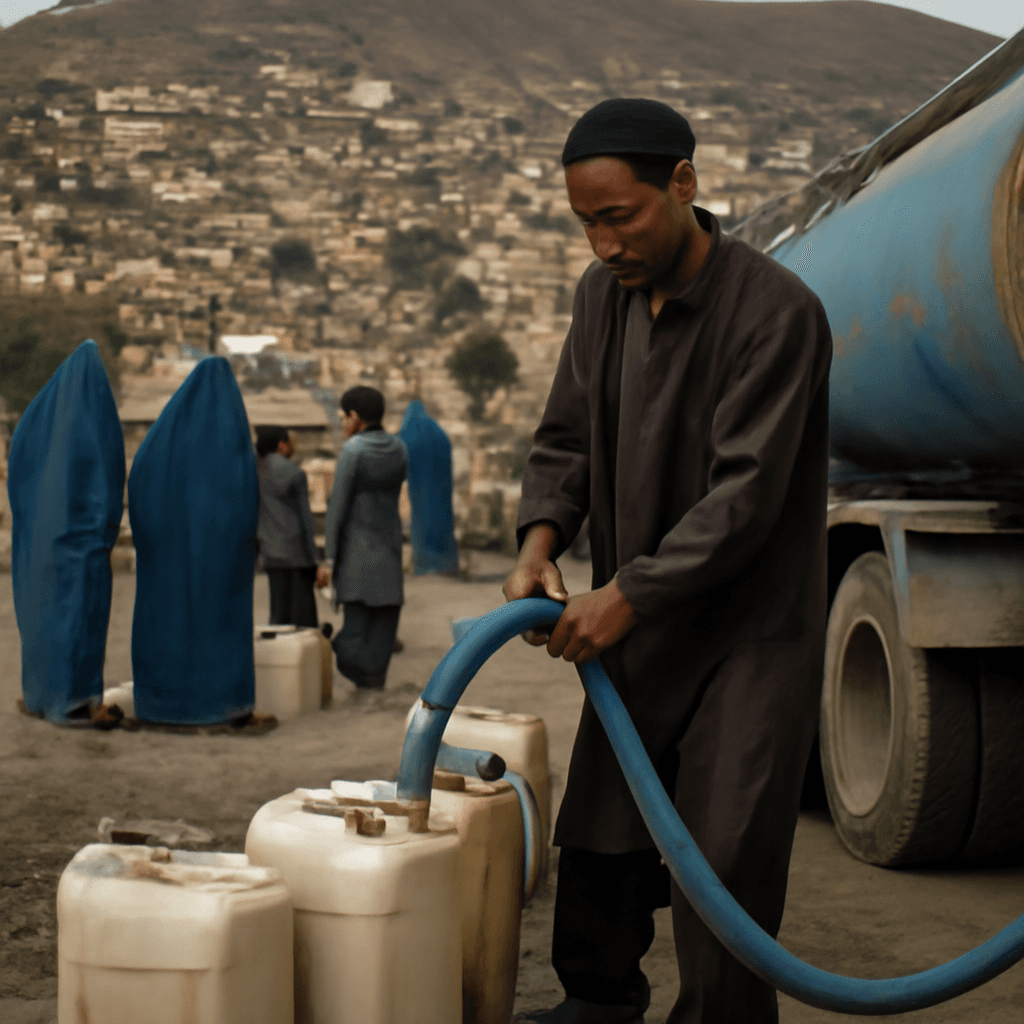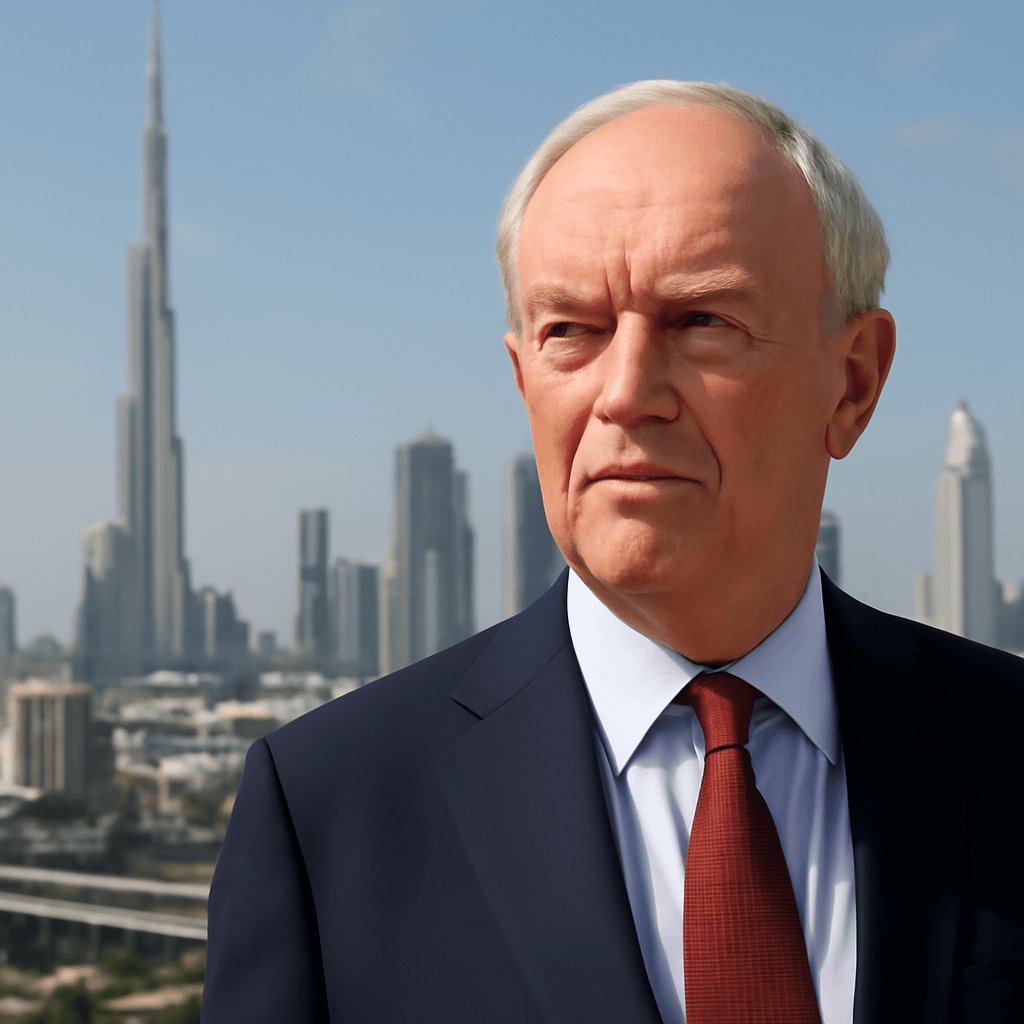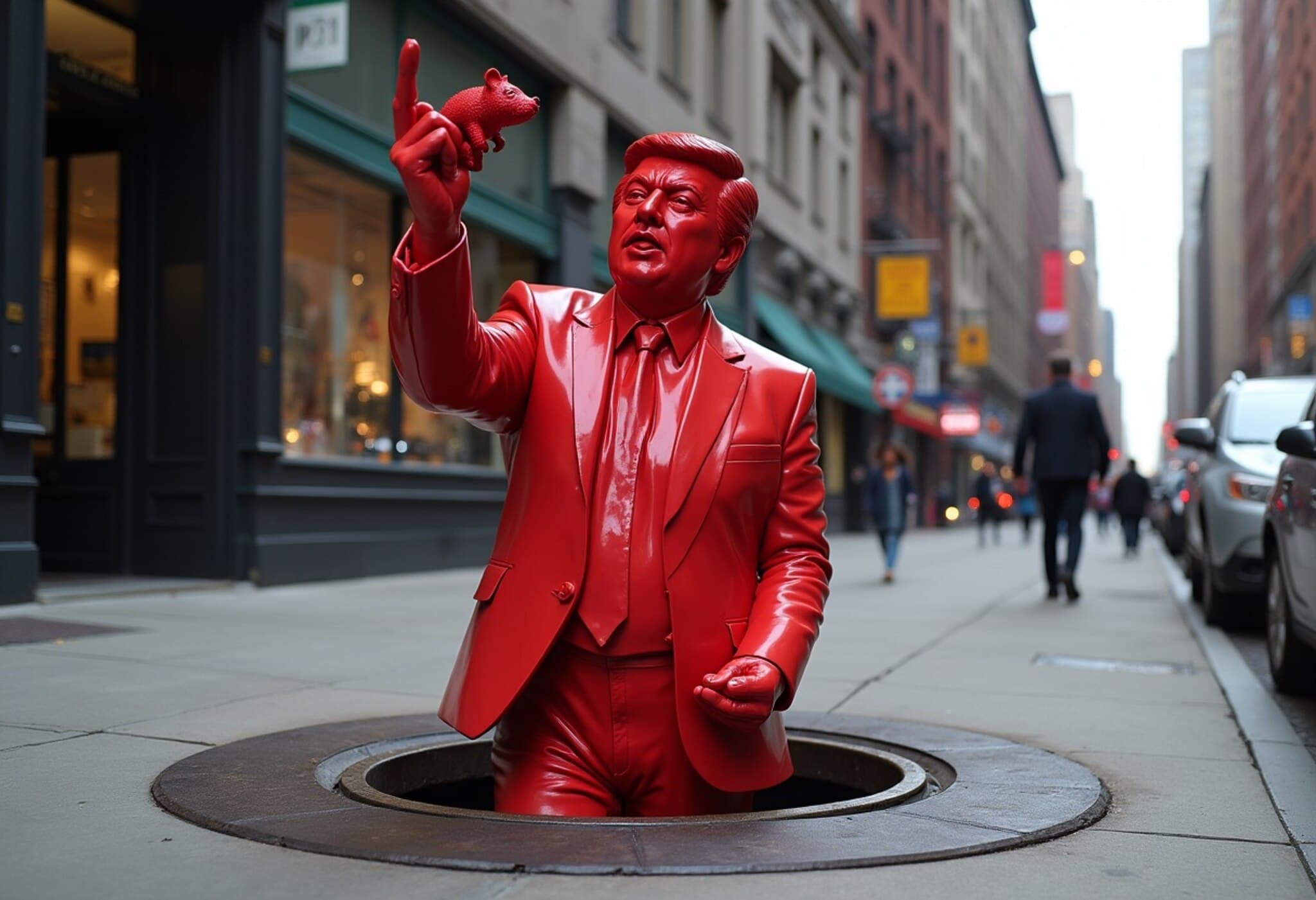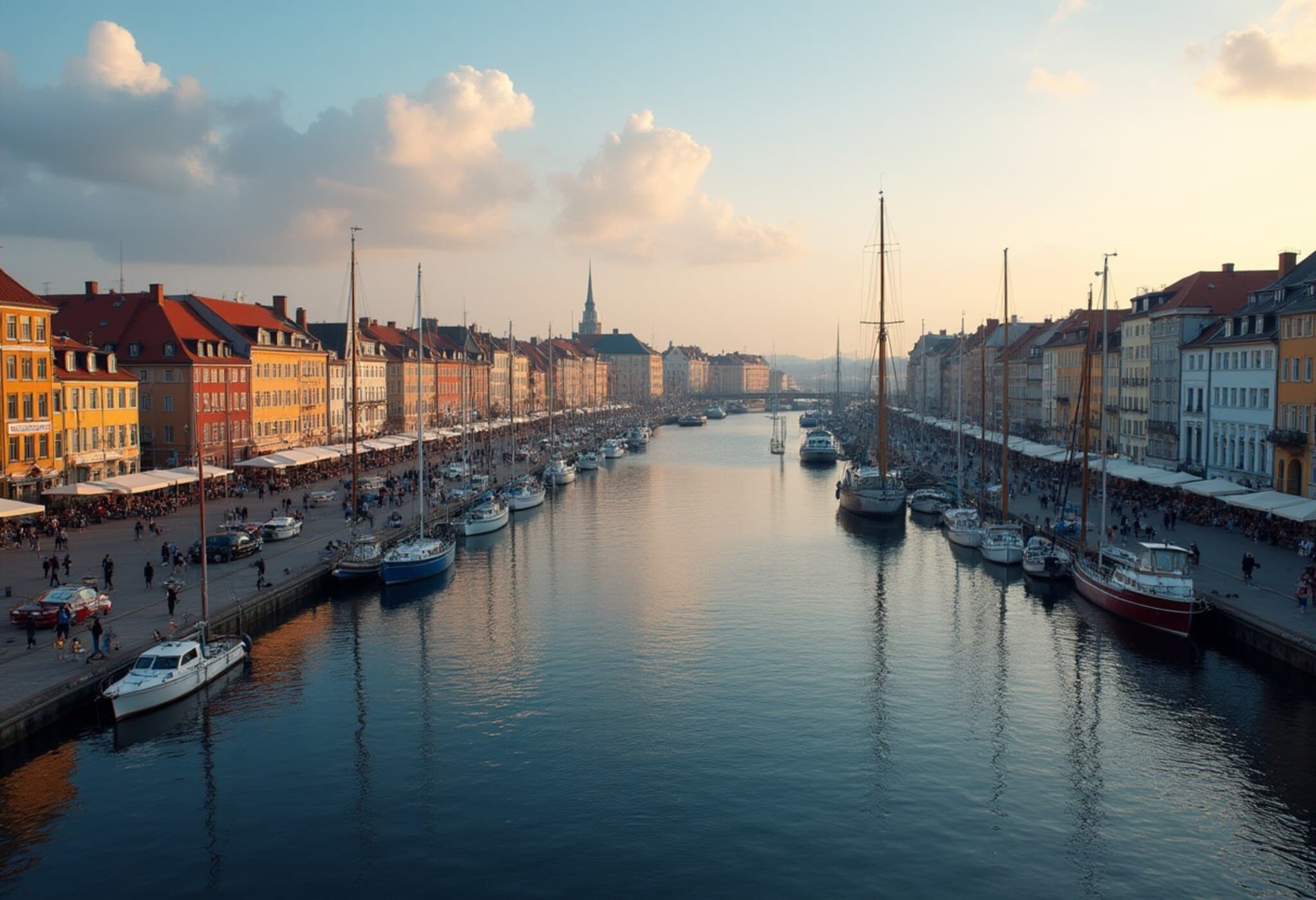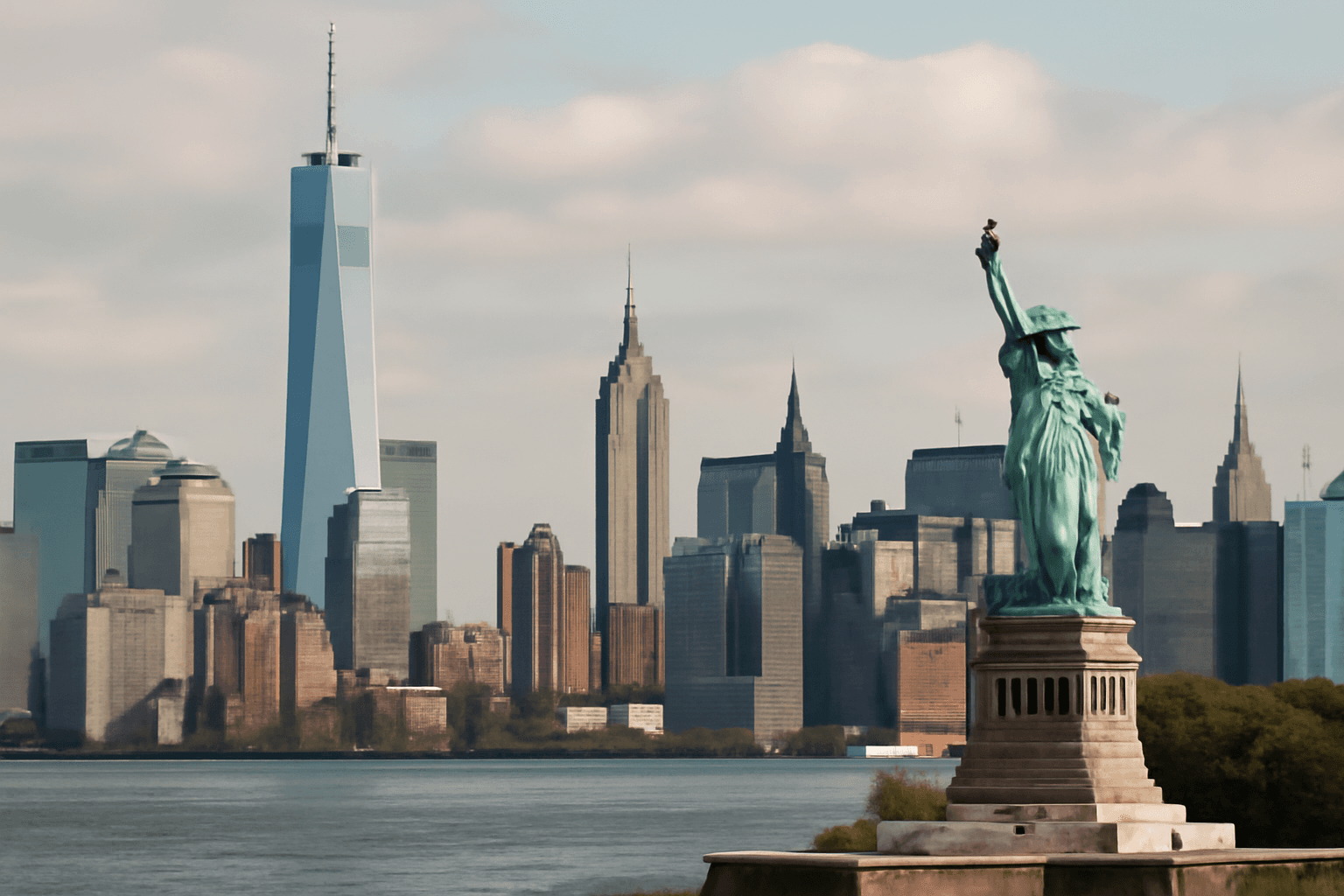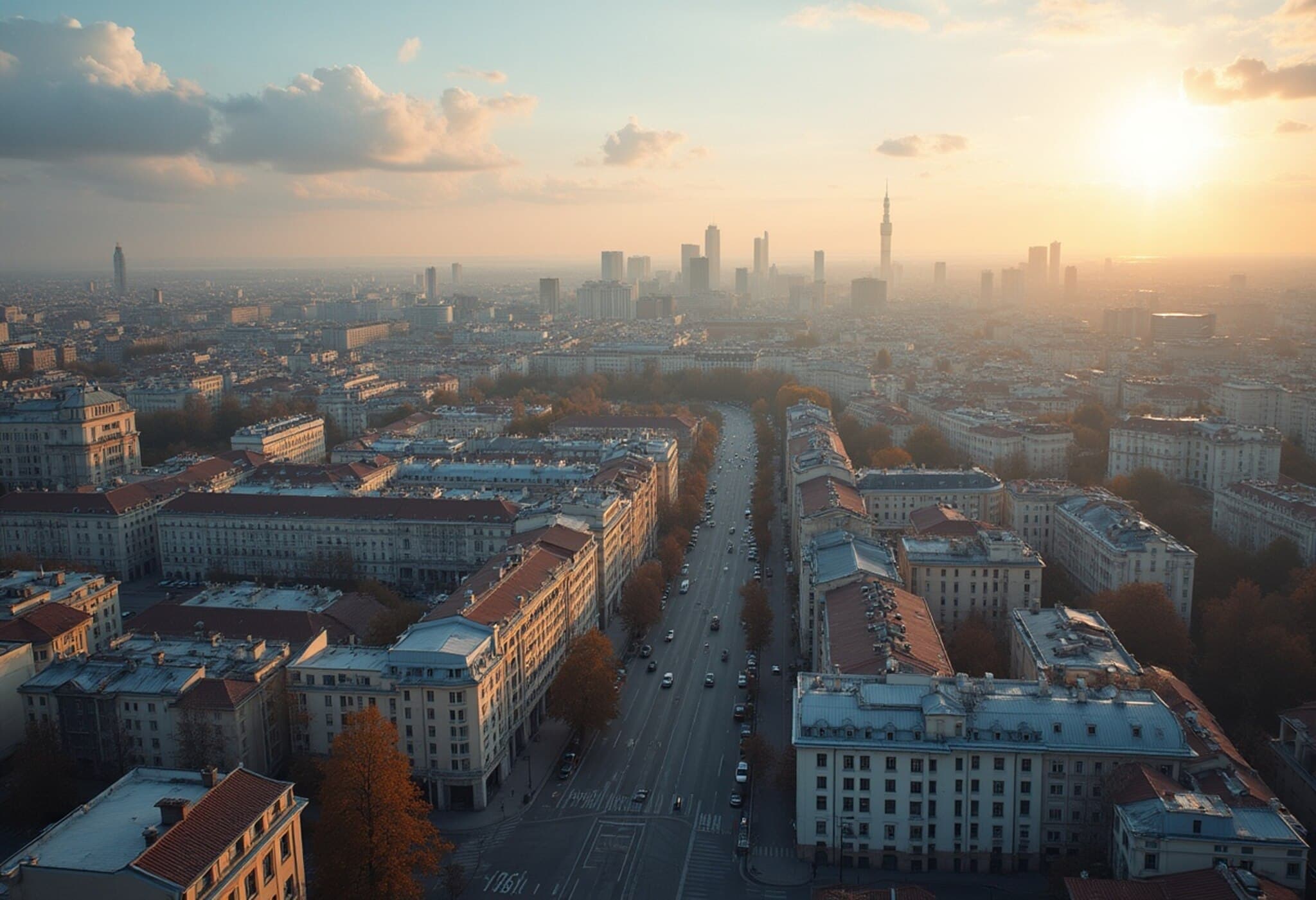Exploring Africa's Vibrant Independent Art Spaces
Across African cities, a growing number of independent art spaces are redefining the urban cultural landscape. These artist-led collectives, often emerging in repurposed industrial buildings or affordable neighborhoods, serve as creative hubs that prioritize innovation and risk-taking over commercial gains.
Known as “offspaces,” these DIY venues foster experimental practices and emphasize art’s role in public spaces, offering fresh perspectives on the cities they inhabit. Many have been operating for over a decade, demonstrating resilience through constant adaptation and creative reinvention.
Such growth parallels Africa’s rapid urbanization and its expanding youth population, setting a unique cultural stage where artists challenge conventional urban narratives and imagine new possibilities for city living.
The Five Pillars of Sustainable Artistic Practice in Africa’s Offspaces
The following five galleries illustrate core principles that underpin their success and longevity: horizontality, performativity, elasticity, convergence, and second chances. Each offers insights into how African artists collectively navigate uncertain urban realities and build autonomous cultural institutions.
1. The GoDown Arts Centre – Nairobi, Kenya
The GoDown Arts Centre, established in 2003 on Nairobi’s industrial outskirts, is currently undergoing a dynamic transformation. Once a complex of warehouses, it is evolving into a multifaceted cultural campus featuring studios, galleries, a library, an auditorium, and even hospitality facilities.
Its redevelopment is deeply participatory, involving extensive input from local communities—a reflection of its guiding principle of horizontality. The centre’s flagship event, “Who is Nairobi?”, exemplifies this ethos by engaging residents as curators and turning city streets into an open-air artwork, highlighting challenges and opportunities through immersive walking tours.
2. ANO Institute – Accra, Ghana
Since 2002, the ANO Institute has transformed a former car repair workshop into a vibrant gallery and cultural hub, complete with residency spaces and a growing library. Across the street stands a striking modular structure reflecting the city’s ubiquitous trading kiosks, spaces that often shift roles throughout the day.
ANO embodies performativity, pushing beyond static exhibitions to integrate art into everyday life. Notably, their collapsible and transparent museum toured the country, inviting communities to envision its contents, which highlights a broader mission to develop exhibition forms that resonate with Ghana’s fluid cultural fabric. Recently, ANO embraced indigenous knowledge by constructing a new raffia palm building designed by a local 87-year-old master craftsman.
3. Townhouse Gallery – Cairo, Egypt
Operating for over two decades until its closure in 2019, Townhouse Gallery was a pivotal Cairo institution combining galleries, a library, theatre, and live performances. Despite facing physical setbacks and complex challenges, Townhouse maintained robust ties with neighboring artisan workshops, which even assisted during the gallery’s rebuilding phases.
The gallery’s legacy continues through a successor space that reanimates the venue for visual art exhibitions today. Townhouse exemplified elasticity, skillfully adapting to shifting landscapes while sometimes rejecting unsustainable conditions to protect its integrity.
4. ZOMA Museum – Addis Ababa, Ethiopia
Emerging from a three-day public arts festival, ZOMA Museum opened in 2019 on rehabilitated polluted land, turning it into a green haven. Constructed using traditional mud and straw techniques by local artisans, its futuristic architecture bridges the past, present, and future, illustrating the principle of convergence.
Beyond exhibitions, ZOMA incorporates education through initiatives like Zoma School, where the surrounding land plays a vital role in the curriculum. It also inspired an adjacent space blending nature, culture, and recreation.
5. Nafasi Art Space – Dar es Salaam, Tanzania
Founded in 2008, Nafasi Art Space champions second chances, giving new life to materials, ideas, and people. Its venue includes repurposed shipping containers housing artist studios, a gallery, and a performance area.
The Nafasi Art Academy draws inspiration from Kariakoo market’s distinct architecture and local community concerns, integrating these into its curriculum. The space serves as a storytelling platform, sharing narratives of resilience and renewal intrinsic to Tanzania’s urban fabric.
A Model for African Urban Art Futures
These independent art spaces vividly demonstrate how creative communities navigate complex realities by fostering collaboration, cultural participation, and sustainable self-management. Their evolving strategies — from embracing local philanthropic support to owning land — position them not just as art venues, but as vital contributors to their cities’ social and spatial futures.

